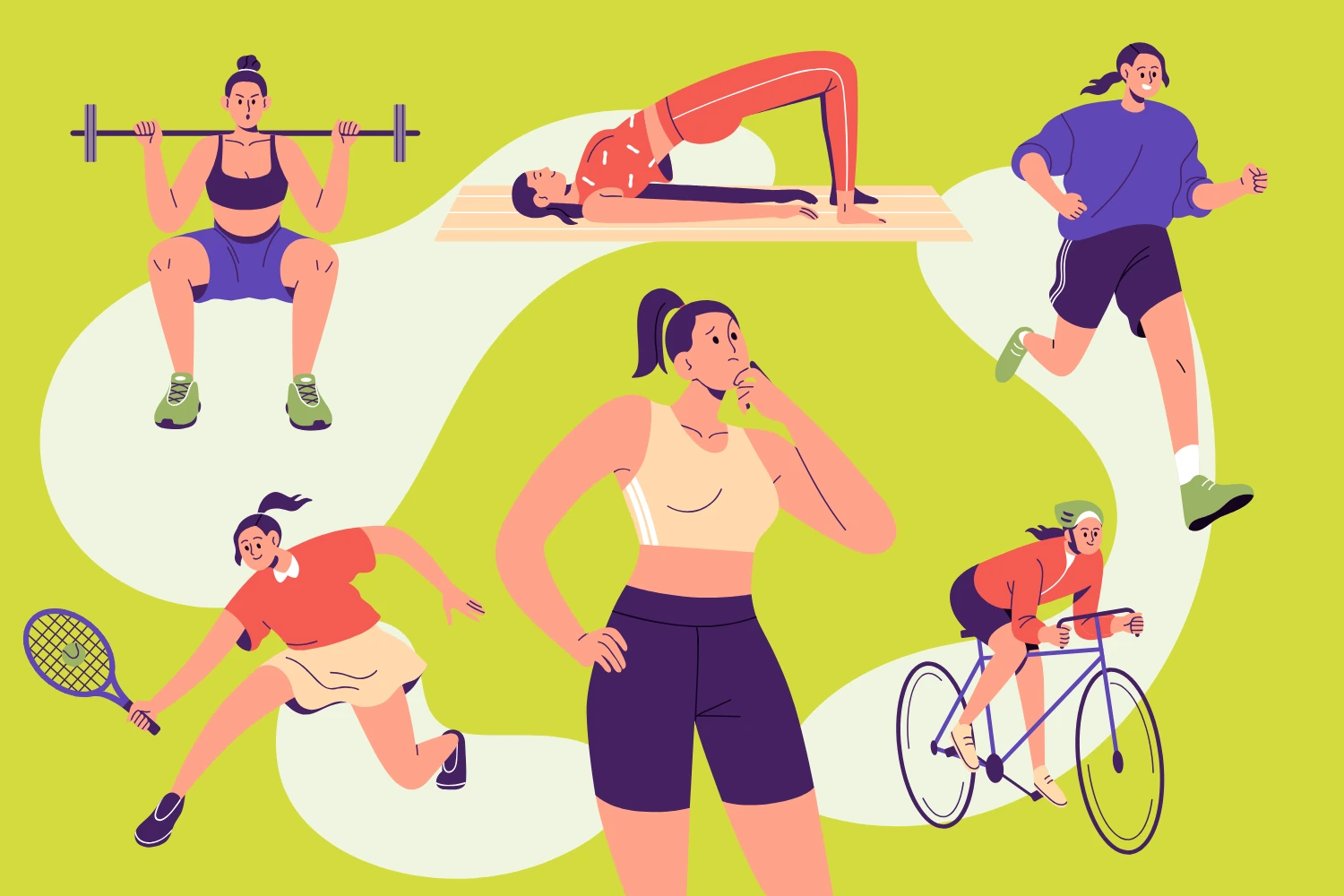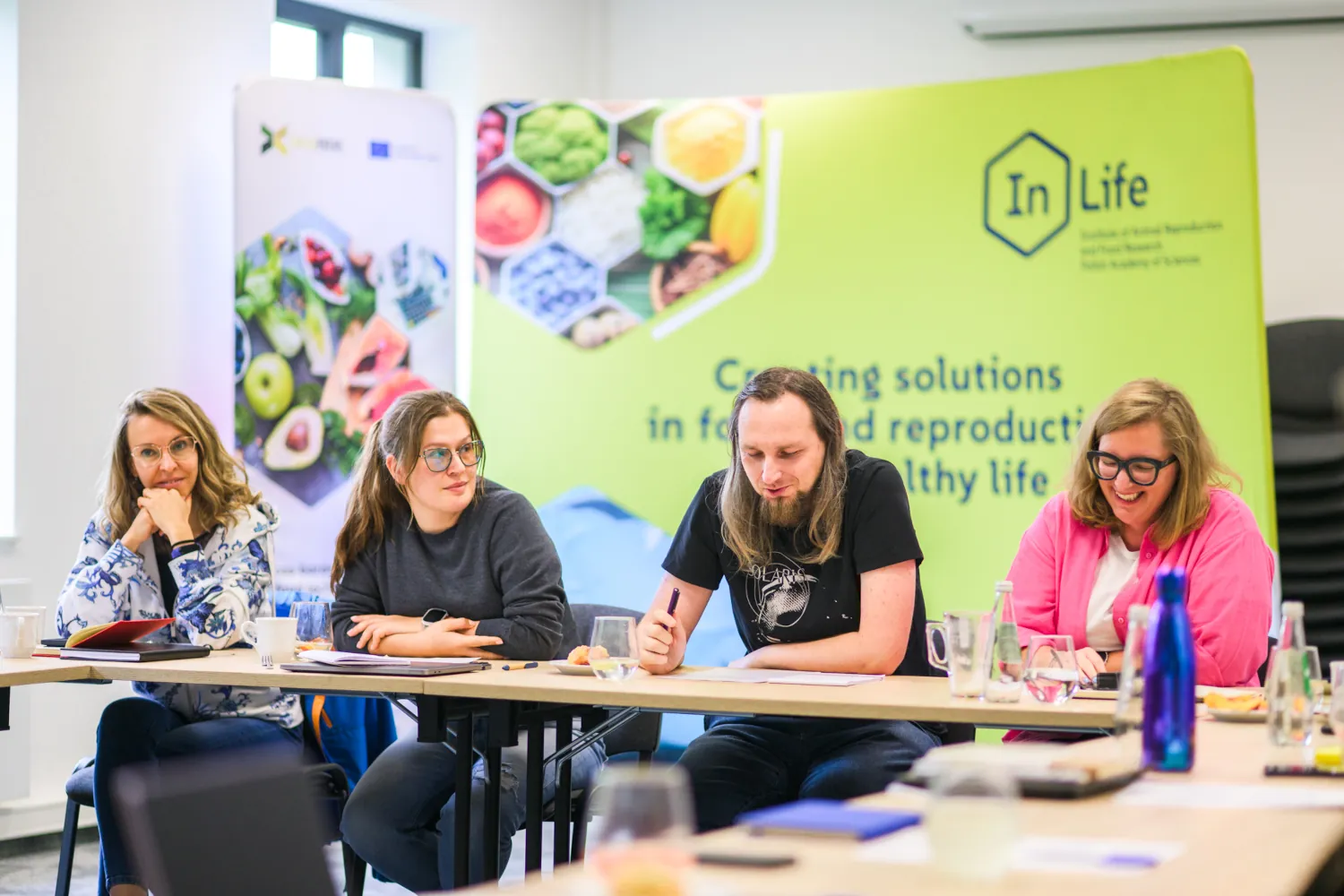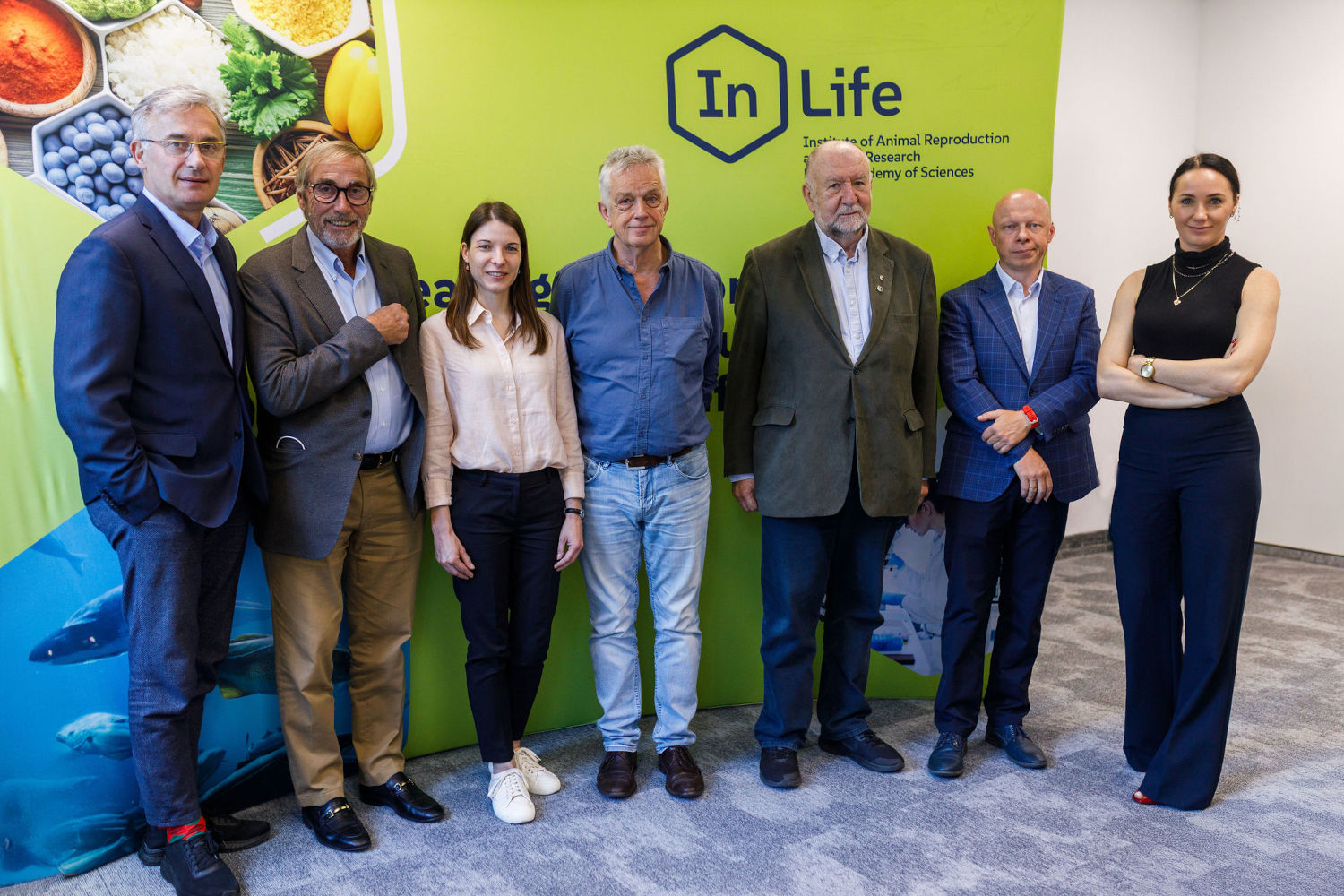We are living in an era of a global obesity epidemic, closely tied to poor dietary choices and insufficient physical activity. Scientific studies show that regular exercise reduces both morbidity and mortality, and that physical fitness is one of the keys to longevity. For people who cannot be motivated to engage in physical activity, pharmacological support in the form of exercise mimetics may offer an alternative.
– Physical activity affects whole-body homeostasis and significantly contributes to the prevention of non-communicable diseases. It is also a key factor in supporting healthy aging, – emphasizes Prof. Carsten Carlberg from the Institute of Animal Reproduction and Food Research of the Polish Academy of Sciences, a researcher specializing in nutrigenomics – the study of interactions between genes, nutrition, and health.
He lists the wide-ranging effects of physical activity: starting with the brain (e.g. improved cognitive function and antidepressant effects), cardiovascular system (enhanced heart performance), immune system (increased immunocompetence), gastrointestinal tract (healthier gut microbiota balance and improved intestinal function), skeletal muscles (muscle strength), metabolism (improved glucose metabolism and influence on body weight), reproductive system (fertility), and even bones (greater bone strength).
As Prof. Carlberg explains, this is largely due to the increased production and release of myokines – proteins secreted by muscles in response to exercise, which affect other parts of the body.
Pharmacological Support
Prof. Carlberg encourages incorporating physical activity into daily routines – and this doesn’t mean just going to the gym, but also everyday movements like walking or cycling. Ideally, these activities should last at least 10 minutes each time.
For those who cannot be persuaded to exercise, pharmacological support in the form of exercise mimetics may be a possible option.
– Mimetics are substances or molecules that mimic the action of natural molecules. In this case, these molecules can simulate the effects of exercise by acting as key components of muscle adaptation to physical exertion – such as mitochondrial remodeling and bioenergetics, – says Prof. Carlberg.
At the same time, he cautions that while the potential of exercise mimetics to prevent or treat obesity is promising, there is also a risk that these compounds could be misused as doping agents by endurance athletes.
Nothing but Benefits
Physical activity not only affects whole-body homeostasis – it also directly influences the epigenome (a collection of changes to our DNA that determine which genes are “switched on” or “off,” without altering the genetic code itself) of muscle cells. This has particular significance in the prevention of metabolic diseases, which involve disruptions in how the body processes energy and nutrients. Exercise increases energy expenditure by burning fat that would otherwise accumulate, thus helping to prevent conditions like type 1 and type 2 diabetes or obesity.
What’s more, physical activity reduces the presence of active compounds in the body that can trigger inflammation.
– In this way – primarily by reducing systemic chronic inflammation – physical activity also improves immunocompetence, i.e. the immune system’s ability to respond to pathogens, – the scientist points out.
Physical activity also has a positive effect on disorders not directly related to energy metabolism, such as cancer, mental health conditions, and neurodegenerative diseases.
– These examples show that physical activity-induced restoration or maintenance of whole-body metabolism and bioenergetics changes homeostatic signaling, influencing nutrient absorption and the availability of growth factors across various tissues – both in health and in disease, – says Prof. Carlberg.
The information in this article comes from the book “Aging. How Science Works”, published by Springer. The authors are researchers: Carsten Carlberg, Stine M. Ulven (University of Oslo, Norway), and Eunike Velleuer (University of Düsseldorf, Germany).
—
The article originally appeared on the science news portal Pulsar.






